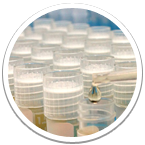Annual Report 2021
THL Biobank is a nationwide biobank that collects and stores valuable research collections from all over Finland. THL Biobank operates under the Finnish Institute for Health and Welfare (THL) and aims to facilitate the utilization of nationally significant research data and samples in disease prevention and health promotion. THL Biobank has been operating since 2014. At the end of 2019, it became a member of the Finnish Biobank Cooperative (FINBB).
Read more about FINBB
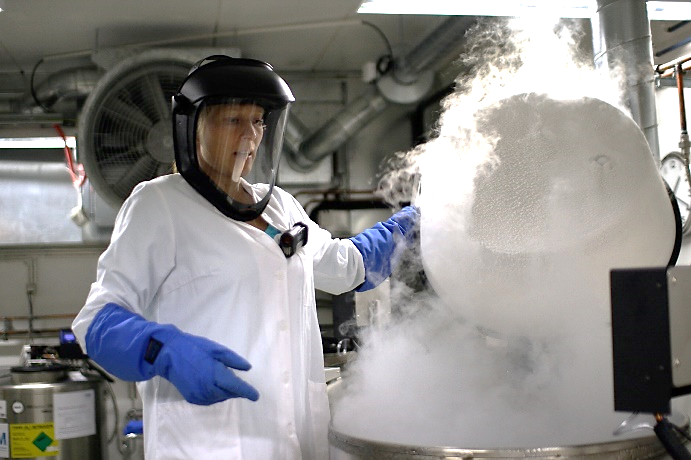
THL Biobank’s research collections and sample donors
THL Biobank stores samples and data from more than 220,000 sample donors, collected as part of 16 main research collections, some of them including several studies.
Read more about THL Biobank’s research collections
The sample donors of THL Biobank are divided across all ages, as shown in Figure 1. Approximately 70% of sample donors are still alive and can be recontacted and followed up from national health registers.
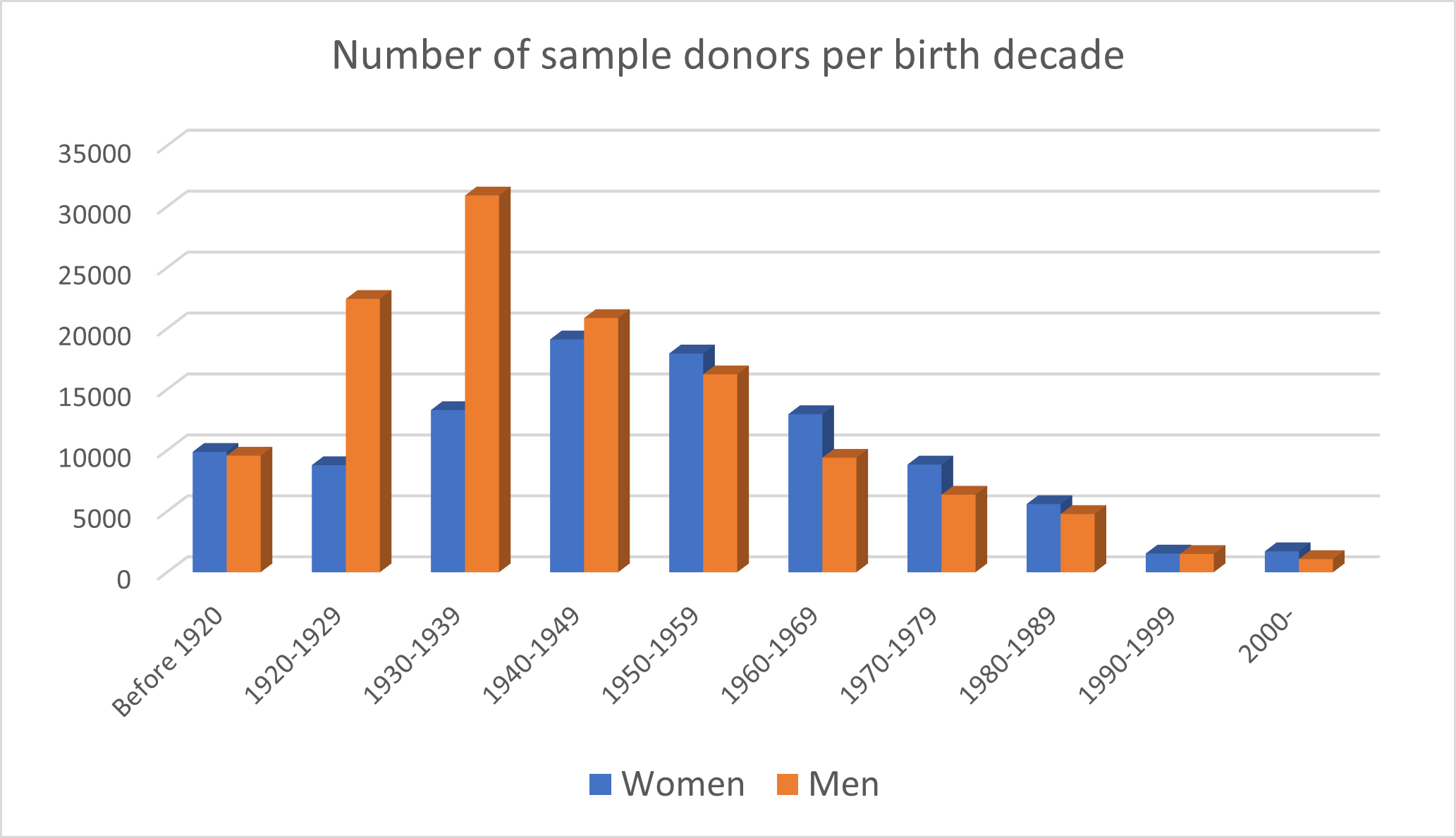
Figure 1. Age distribution of THL Biobank’s sample donors.
The research collections hosted by THL Biobank have been collected during different periods. The oldest collection, the Finnish Mobile Clinic, has been collected during 1965-1980 and still offers excellent possibilities for research.
Read more about the unique Finnish Mobile Clinic research collection
The newest research cohort transferred to THL Biobank is the Finnish Health in Teens study (Fin-HIT), which investigates how lifestyle and genomic factors modify weight from adolescence to early adulthood. To explore this issue, children aged 9-12 years and their parents have been recruited for the study during 2011-2014 and follow-ups are performed at few years’ intervals. Because the portion of young sample donors in THL Biobank is quite low, the addition of the Fin-HIT collection to THL Biobank opens exciting new research opportunities.
Read more about the samples and data available for Fin-HIT sample collection
THL Biobank’s population-based cohorts comprise a large portion of our research collections and are also the cohorts used in most of the biobank research projects. These cohorts include the National FINRISK Study (1992-2012, N=35,000), Health 2000/2011 Surveys (N=8600) and FinHealth 2017 Study (N=6600). DNA, serum and plasma samples were collected from all participants, while RNA, cells, feces and urine samples were collected from subsets. Rich data collected at baseline includes questionnaire data on demographics, lifestyle and health status, and physiological measurements. Sample-derived data includes lipids, CRP and other biomarkers for all participants, while GWAS and NMR metabolomics are available for most participants. Other omics data are available for smaller subsets. Similar data on lifestyle, health status, biomarkers and GWAS is also available for the GeneRISK Study.
Biobank research projects during 2021
The largest research project of THL Biobank in 2021 was the FinnGen study. FinnGen is a large public-private partnership study aiming to collect and analyze genome and health data from 500,000 Finnish biobank participants. FinnGen produces genomic data and combines it with national registry data in order to provide novel medically and therapeutically relevant insights into diseases and deepen our understanding about the origins of diseases and their treatment. One third of biobank donors currently analyzed in FinnGen are from THL Biobank’s research collections.
Read more about the FinnGen study
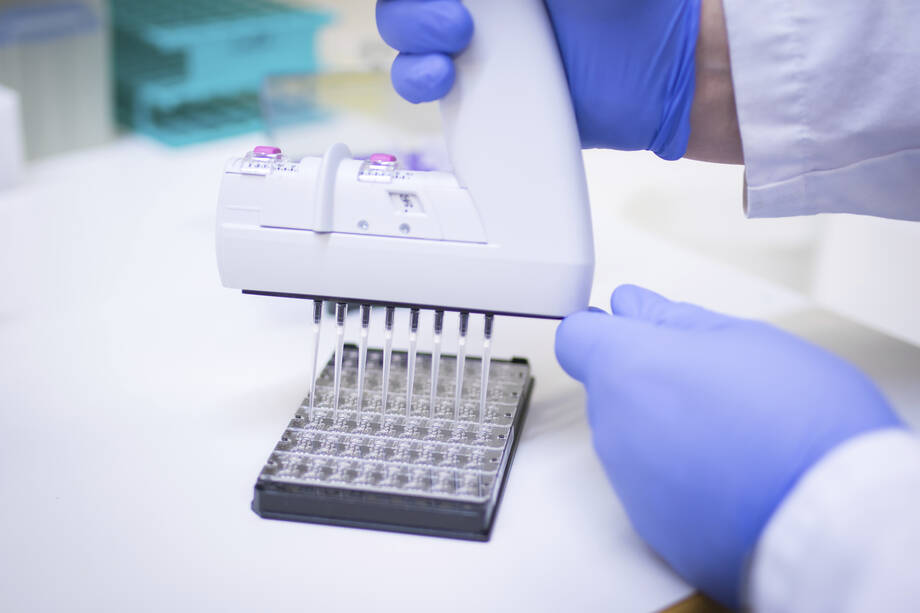
THL Biobank responded to 67 preliminary queries on the availability of samples and/or data and processed 20 research applications. Twelve new projects have started. All in all, 50 active biobank projects are ongoing. More than 10 000 samples and >260 different datasets were provided for 24 projects. In addition, data from >100 000 sample donors were used in a total of four biobank collaborative projects.
Learn more about THL Biobank’s approved projects
Research publications
THL Biobank’s collections have been successfully used for interesting research projects also during 2021. A sampling of new published results:
- A clinical screening study showed an exceptional number of intracranial aneurysms among middle-aged female smokers. The study was conducted by researchers at HUS Neurocenter and the University of Helsinki, and the study participants were selected and recalled through THL Biobank.
Read more about the results of the intracranial aneurysm study - The genetic ancestry of more than 18,000 Finns from the population-based FINRISK cohort was precisely defined in a study conducted at the University of Helsinki. The results made it possible to follow the traces of 20th century events in our genes and assess the effect of migration on the genetic mixing of the population.
Read more about the study on genetic ancestry and the developed interactive map application - The long-term association between gut microbiome variation and mortality was studied in a well-phenotyped and representative population cohort from Finland (FINRISK 2002, n = 7211). The multinational group of researchers found robust taxonomic and functional microbiome signatures related to the Enterobacteriaceae family that are associated with mortality risk during a 15-year follow-up.
Read more from the scientific article in Nature Communications - Waist circumference and hip circumference were found to exhibit independent and joint associations with liver disease, which were largely reflected by waist-to-hip ratio. Low vitamin D level was linked to incident advanced liver disease at population level. Both studies utilized THL Biobank’s population-based cohorts and were conducted by researchers from HUS, in collaboration with THL researchers.
Read more about the study on waist and hip circumference in Liver International
Read more about the study on vitamin D level and liver disease in Scandinavian Journal of Gastroenterology
A more complete list of publications produced from THL Biobank’s research projects in recent years is available at THL Biobank website.
Publications from research projects using THL Biobank's samples and data
In addition, THL Biobank’s sample collections are an essential part of the FinnGen project, which produced more than 120 high quality scientific publications during 2021.
Publications from FinnGen Study
THL Biobank’s laboratory
Our laboratory team successfully isolated DNA from 17,000 blood samples collected more than 28 years ago as part of the ATBC Study. These samples, along with additional 40,000 DNA samples from the other Finnish biobanks, were processed in our laboratory this year, as a part of the large FinnGen biobank project.
Read more about the ATBC Study in THL Biobank
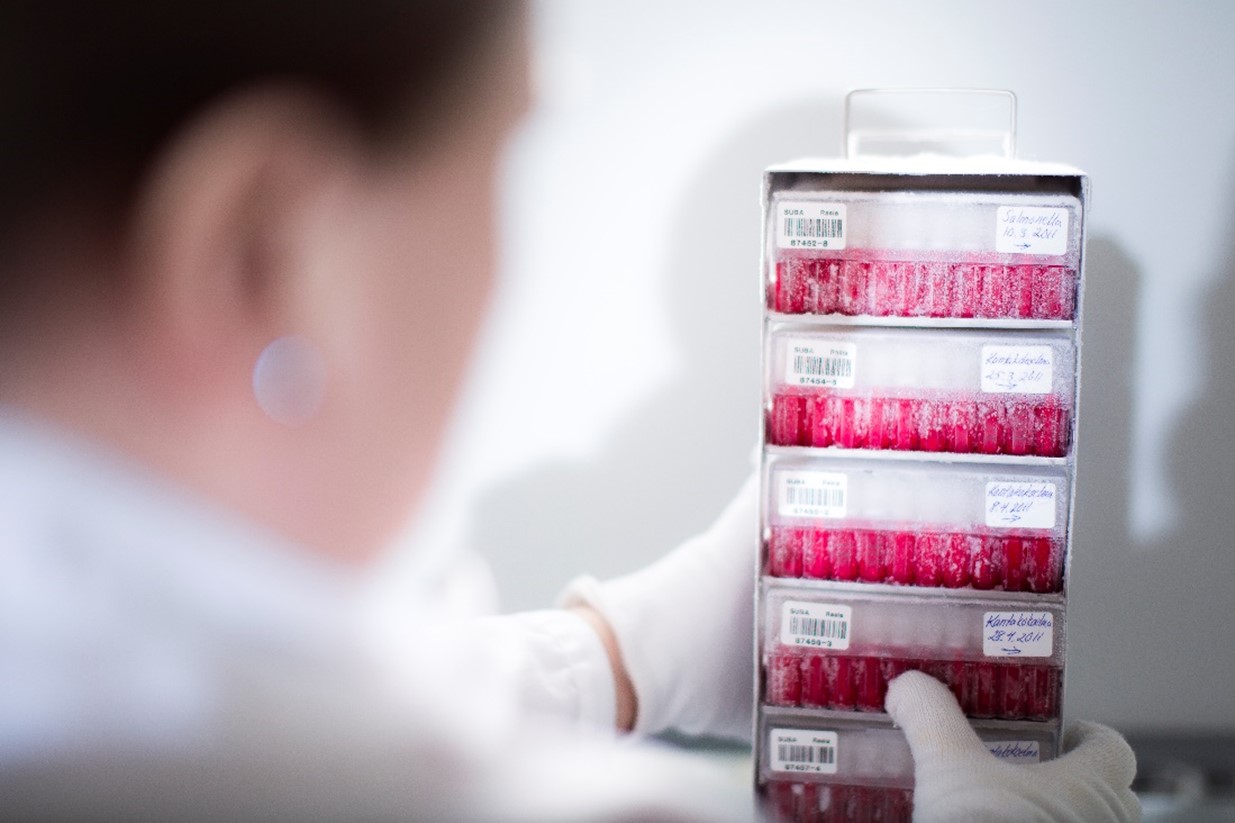
THL Biobank’s genomics resources and genomics services
During 2021, most of the biobank projects focused on genomics. THL Biobank’s genomic resources are continually expanding, since our sample collections are being genotyped as part of the FinnGen project. High quality GWAS data and imputed 20M SNPs data produced by FinnGen are currently available through our biobank for more than 120,000 sample donors.
THL Biobank offers extensive genomic resources for the study of psychiatric illnesses. It hosts the SUPER Study, which recruited Finnish patients diagnosed with psychotic illnesses during 2015-2018, and contains GWAS data for 8860 individuals. During 2021, GWAS data for THL’s Psychiatric Family study, collected in the 1990s, became available for 3730 individuals.
SUPER Study in THL Biobank
Read more about the availability of the imputed genomic data for the THL Psychiatric Family collection
In a collaboration with CSC and ELIXIR Finland, THL Biobank opened a genomics availability service, a Beacon, in December 2021. THL Biobank’s Beacon contains frequencies of 20M SNPs, calculated from a set of 106,000 Finnish genomes.
ELIXIR Finland
Read more about THL Biobank’s Beacon discovery service
THL Biobank’s genomics team developed a new service for calculating polygenic risk scores (PRS) based on researcher’s needs, and released the first scores for Type 1 diabetes, Type 2 diabetes and BMI, calculated for FINRISK Study participants.
Read more about THL Biobank’s PRS service
Development of quality processes and biobank inspection
THL Biobank focused on quality work during 2020 and 2021. Internal processes were rigorously developed, leaned and documented as standard operating procedures covering all aspects of biobanking work. The initial work was completed at the end of 2021, but we are committed to constant improvement to pursue high quality.
The Finnish Medicines Agency (Fimea), whose task is to steer and supervise biobanks, performed its first inspection of THL Biobank on November 23, 2021. The dialogue during the inspection was beneficial for both parties. Fimea concluded that THL Biobank is compliant with the biobank regulation. Only some minor issues were identified which require further development. To respond to these comments, the biobank will next year focus on reforming the application review process, improving documentation and monitoring sample storage temperatures in more detail.
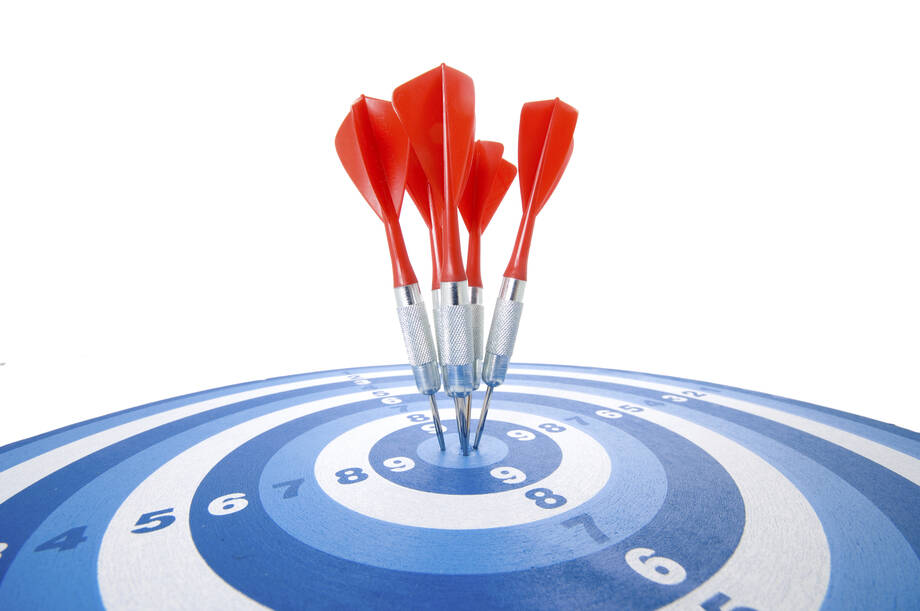
National and International collaboration in biobanking infrastructure development
Together with the other Finnish biobanks, THL Biobank was active in several workgroups as part of the FINBB network, including data and IT, quality issues, communications, and joint research projects. The aim of these workgroups is to further develop the Finnish biobanking infrastructure. Together with FINBB, we also created a new section in the Fingenious website, to showcase THL Biobank’s research collections.
Finnish Biobanks presented in Fingenious service
THL Biobank offered sample handling and storage logistics, consent handling and IT-support to THL’s research project on COVID-19, which started in 2020 as a collaboration between all Finnish biobanks.
Read more about the study of individual-level progression of COVID-19 infection
In 2021 THL Biobank rejoined the Common Services IT (CS IT) collaboration led by Biobanking and BioMolecular resources Research Infrastructure – European Research Infrastructure Consortium (BBMRI-ERIC). The main tasks for THL Biobank in CS IT are related to biobank interoperability and the MIABIS biobank terminology development. The multinational team of experts is now updating the MIABIS Core terminology to its’ 3rd version.
In addition, THL Biobank’s research collections are among the first to be available through BBMRI-ERIC’s new federated search platform, which is still work in progress. After it is published, researchers would be able to query THL Biobank’s data for finding suitable material for their specific research questions.
Contact details and topical news
THL Biobank’s contact information
Read more about THL Biobank’s services for researchers
Stay tuned for THL Biobank’s news
Follow THL Biobank's current affairs in Twitter (@THLBiobank)

